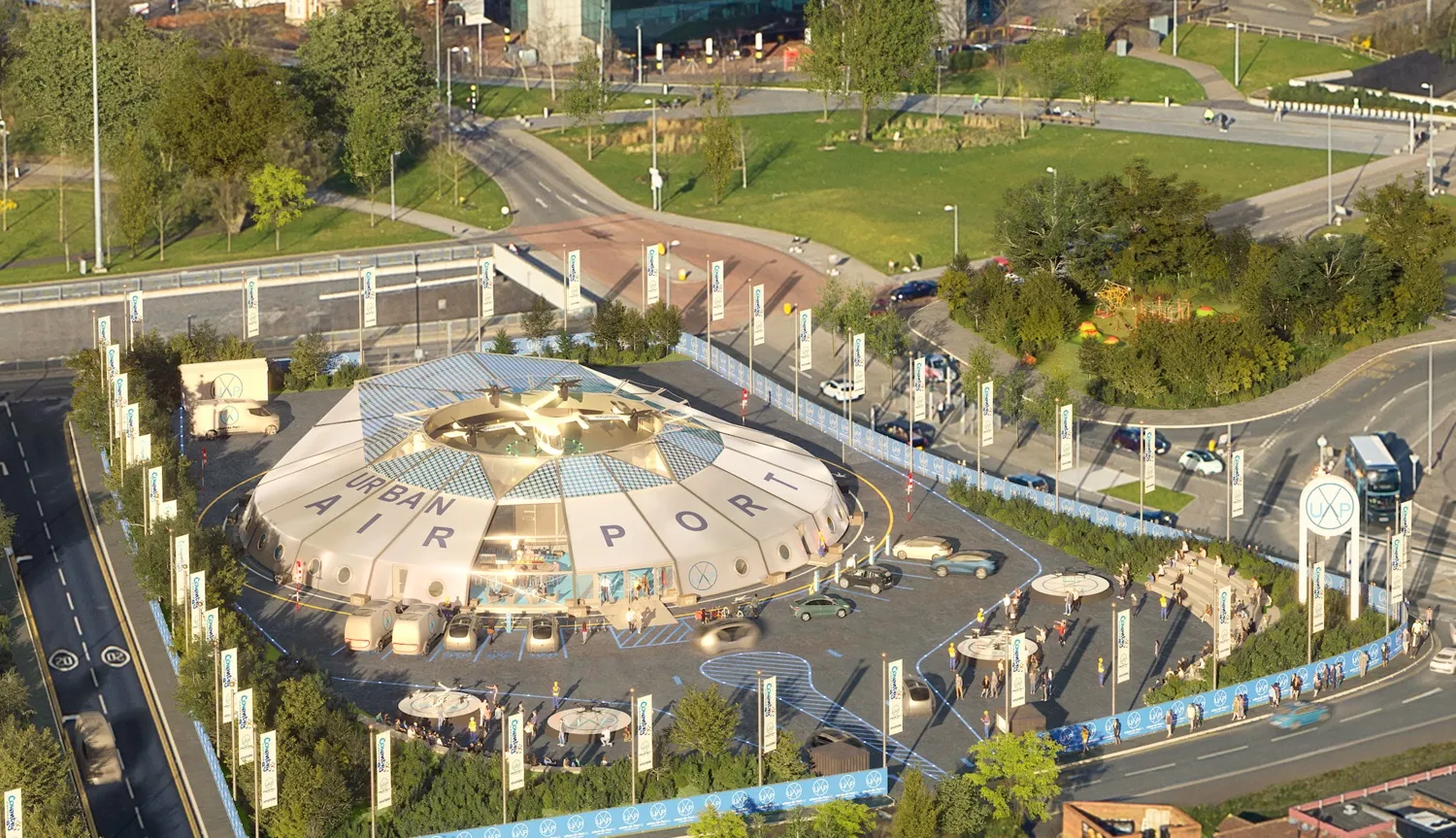Within the Single European Sky ATM Research (SESAR) Programme, this demonstration is the final part of the Gulf of Finland (GOF) U-Space project showing how ATM and UTM systems enable urban air mobility (UAM).
Maria Tamm, project coordinator from Estonian Air Navigation Services, says rules for using very low-level airspace needs updating as air traffic continues to rise with the arrival of unmanned aircrafts and air taxis.
“This is where SESAR comes into place and particularly the GOF U-space project for the integration of UTM into the ATM systems or connecting the uncontrolled and controlled airspace,” she continues. “The demonstration at Helsinki airport showed that various systems are ready to safely and efficiently manage air taxi operations, their related services and subsequent interaction within existing aviation and airspace activities.”
Volocopter performed a series of tests with UTM service providers AirMap, Altitude Angel and Unifly. The company also integrated software and hardware to perform different test scenarios including ground tests, unmanned and piloted flights.
Jan-Hendrik Boelens, chief technology officer of Volocopter, says: “We will build our first VoloPort infrastructure before the year is out and with the GOF U-Space demonstration we have now shown that the existing UTM technologies are viable for UAM.”
Volocopter pilots air taxi at Helsinki
Volocopter has trialled an air taxi at the Helsinki International Airport in Finland, integrating into the air traffic management (ATM) and unmanned aircraft traffic management (UTM) system.
Within the Single European Sky ATM Research (SESAR) Programme, this demonstration is the final part of the Gulf of Finland (GOF) U-Space project showing how ATM and UTM systems enable urban air mobility (UAM).
Maria Tamm, project coordinator from Estonian Air Navigation Services, says rules for using very low-level ai
September 5, 2019
Read time: 2 mins









